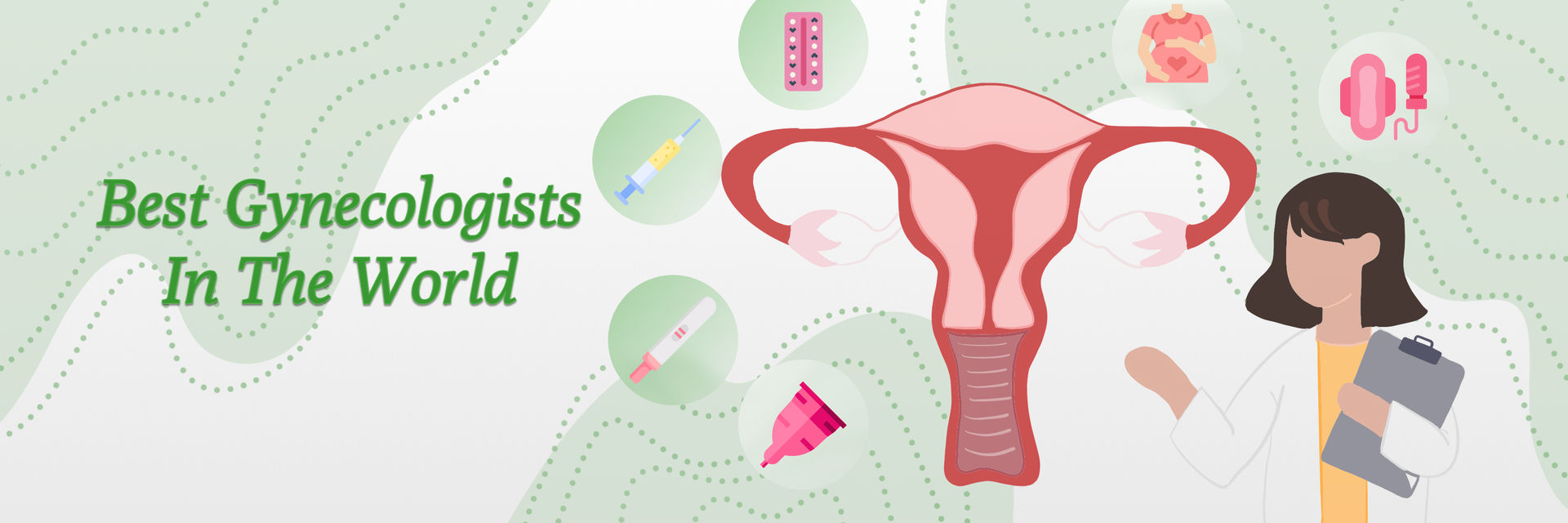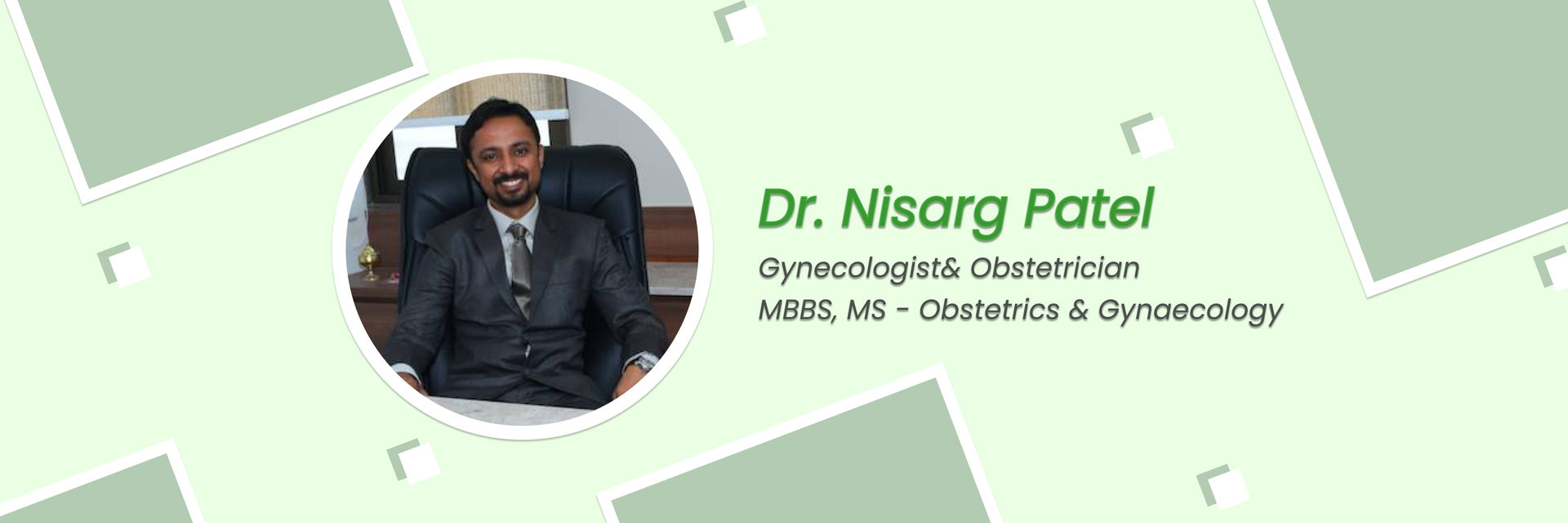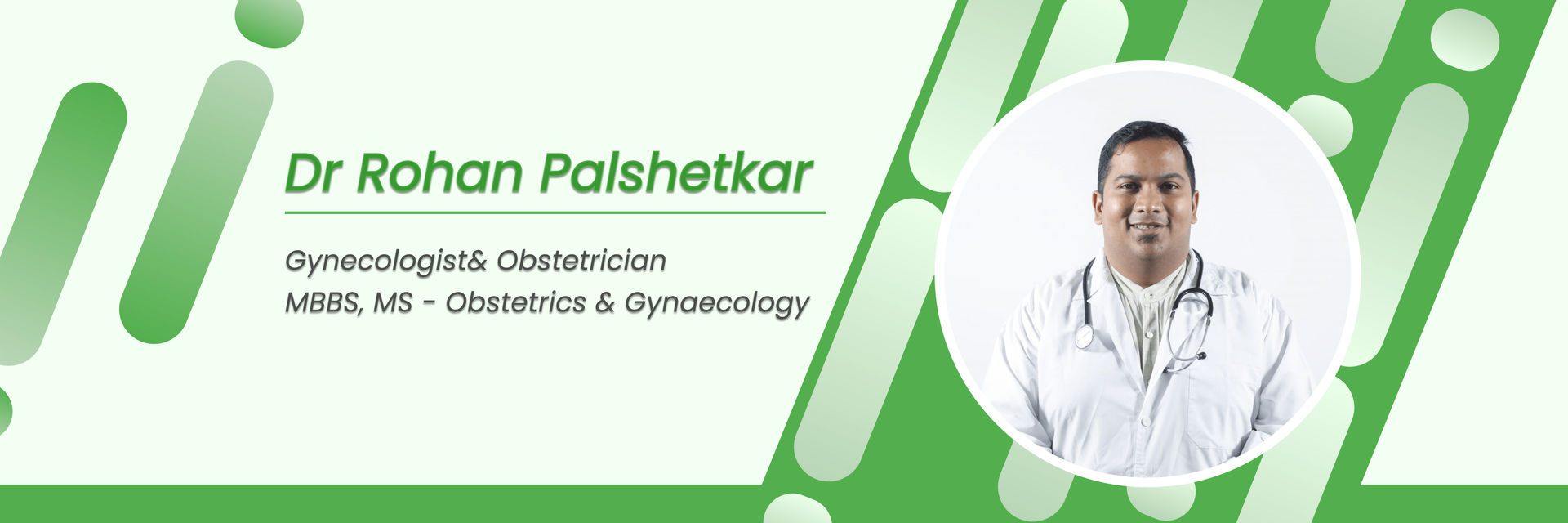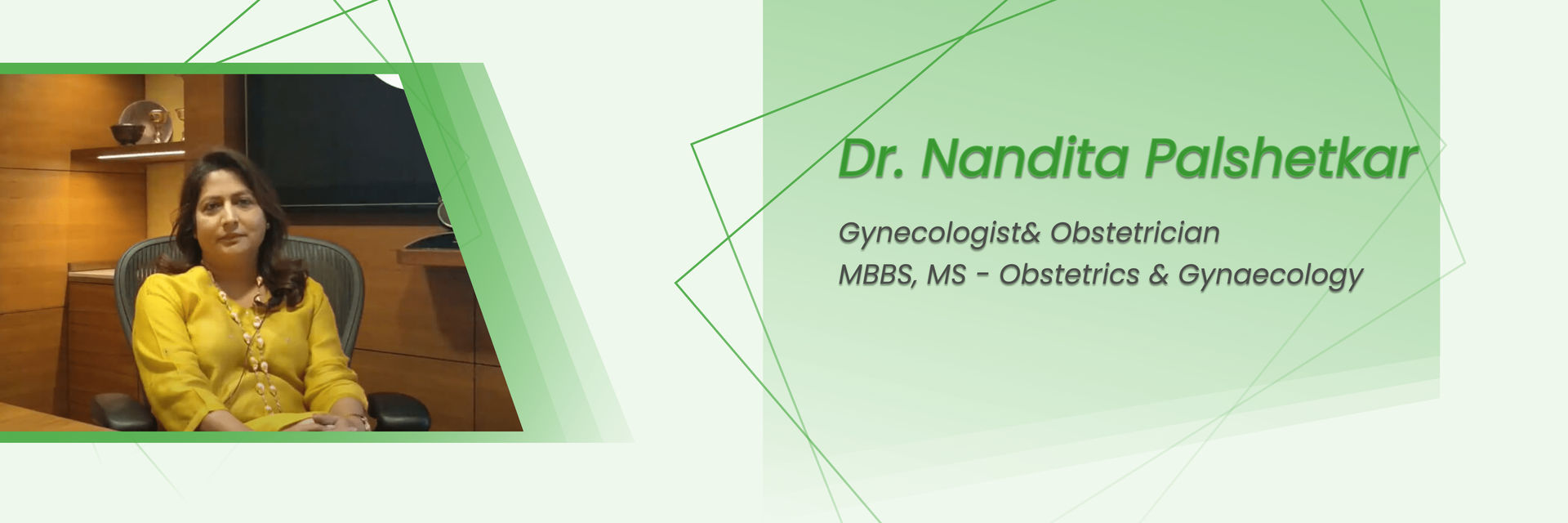Endometriosis is estimated to affect women globally, constituting about 10-15% of women of reproductive age. Furthermore, at least 11% of these women suffer from inflammatory chronic pain. In about 3 to 37% of cases, the endometrial tissue can grow outside the uterus, anywhere in the abdomen and pelvis. Although hysterectomy can help relieve chronic pelvic pain, bowel endometriosis can return post-hysterectomy.
In this blog, let’s explore bowel endometriosis, a widespread condition, especially in post-hysterectomy scenarios.
Can It Occur After a Hysterectomy?
To answer this, let's understand what bowel endometriosis is:
Bowel endometriosis involves the abnormal growth of endometrial tissue outside the uterus, particularly near the bowels. It adds an extra layer of complexity to the challenges posed by endometriosis.
The question remains: Can bowel endometriosis persist even after a hysterectomy? Surprisingly, the answer is yes. Let's find the reasons below.
- The Resilient Endometrial Tissue: A hysterectomy removes the uterus, it doesn't guarantee the complete removal of all endometrial tissue. Residual cells may persist, potentially finding their way to the bowels and giving rise to bowel endometriosis.
- Recognizing the signs: Detecting bowel endometriosis involves paying attention to subtle signals, such as pelvic pain, gastrointestinal irregularities, discomfort during bowel movements, and even persistent backaches. Post-hysterectomy, it's crucial to remain vigilant for signs of bowel endometriosis and acknowledge that the journey to relief may involve addressing this persistent issue.
The extent of the initial disease and your surgeon's skill can influence the outcome. Bowel endometriosis can develop after your hysterectomy. So, it's essential to be aware of potential symptoms.
Let's explore the difficulties after a hysterectomy, focusing on the challenges of bowel endometriosis.
Can your post-hysterectomy awareness be a key to recognizing and managing potential symptoms of bowel endometriosis?
How Does Hysterectomy Affect the Risk of Bowel Endometriosis?
Let’s see how your hysterectomy can impact the risk of bowel endometriosis:
- Removal of Uterus: A hysterectomy eliminates the possibility of endometriosis occurring within the uterus itself. But, it doesn't guarantee the removal of endometrial tissue elsewhere in the pelvic cavity. This includes on or within the bowel.
- Ovary Removal: The impact on bowel endometriosis may depend on whether the ovaries are removed during hysterectomy. If the ovaries are removed, it induces surgical menopause. This will significantly reduce estrogen levels. Since estrogen stimulates the growth of endometrial tissue, lower estrogen levels may help ease symptoms. They will reduce the likelihood of endometriosis recurrence. But, if the ovaries are still present, there is still a potential for endometriosis to persist or develop. This is because ovarian hormones can stimulate the growth of endometrial tissue.
- Excision of Endometriotic Lesions: If your hysterectomy addresses endometriosis-related symptoms, your surgeon may attempt to remove any endometriotic lesions on or near the bowel completely.
- Symptom Relief: Hysterectomy can provide relief from symptoms associated with endometriosis. These include pelvic pain and menstrual irregularities. It may reduce the impact of endometriosis on daily activities, including those related to bowel function.
What Are the Symptoms of Bowel Endometriosis After Hysterectomy?
Post-hysterectomy, the symptoms of bowel endometriosis may persist. This happens if endometrial tissue remains on or within the bowel. While hysterectomy can reduce symptoms associated with endometriosis, it may not eliminate the condition. Especially if endometriotic lesions are present in other pelvic organs, including the bowel
The symptoms of bowel endometriosis after a hysterectomy may include:
Pelvic Pain: Persistent or recurrent pelvic pain, including cramping and sharp, stabbing sensations.
Gastrointestinal Issues: Endometriosis of the bowel can lead to gastrointestinal symptoms such as:
- Abdominal pain or discomfort may be experienced. Bowel movements may cause pain, which can become persistent.
- You may also experience bloating, distension, and gas.
- Changes in bowel habits may occur, including diarrhea, constipation, or alternating between the two.
- In some cases, endometrial lesions on the bowel may cause bleeding, leading to blood in your stool.
Urinary Symptoms: Endometriosis affecting the bowel may also impact the urinary system, resulting in symptoms such as frequent urination or pain during urination.
Back Pain: Lower back pain is often observed, particularly if the lesions affect the nerves in the pelvic region.
Cyclical Symptoms: Symptoms may follow a cyclical pattern related to the menstrual cycle. This cyclical nature is a characteristic feature of endometriosis.
Don’t ignore your pelvic pain, post-hysterectomy– schedule your appointment now.
After understanding the symptoms, let’s discover the key to a precise diagnosis.
How Is Bowel Endometriosis Diagnosed?
Let's look at some standard methods used to diagnose bowel endometriosis:
Medical History: A thorough medical history is essential. This includes details about your symptoms, previous surgeries, and treatment response.
Pelvic Examination: This will provide information about the presence of scar tissue or nodules. These could be indicative of endometriosis.
Imaging Studies:
a) Magnetic Resonance Imaging (MRI): MRI will visualize pelvic structures and detect abnormalities. These include endometriotic lesions on the bowel.
b) Transvaginal Ultrasound: It assesses the pelvic region to give information about the presence of endometriosis.
Colonoscopy: Colonoscopy involves the insertion of a flexible tube with a camera into the colon to visualize the bowel. It can identify endometriotic lesions, inflammation, or other abnormalities on the bowel wall.
Biopsy: During a colonoscopy, tissue samples or biopsies are taken for examination. They are microscopically examined to confirm endometriosis.
Laparoscopy: It's a minimally Invasive Surgery. Laparoscopy is a surgical procedure where a tiny camera is inserted through a small incision in the abdomen. This will visualize your pelvic organs. In the case of endometriosis, biopsy samples are taken.
Blood Tests: CA-125 levels are tested. While not specific, elevated levels of the CA-125 protein in the blood may be associated with endometriosis. But, CA-125 levels can also be high in other conditions.
The diagnosis of bowel endometriosis requires a combination of these diagnostic methods.
Take charge of your reproductive health- Contact us today!
Let’s explore the avenues available for tackling bowel endometriosis to navigate the roadmap to holistic well-being.
Treatment Options Available for Bowel Endometriosis Post-Hysterectomy
Treating bowel endometriosis post-hysterectomy involves a combination of medical and surgical approaches. Let’s look at some common treatment options:
- Hormonal Therapies:
- Gonadotropin-Releasing Hormone (GnRH) Agonists: These medications suppress ovarian function, inducing a temporary menopausal state and reducing estrogen levels. This can help ease symptoms and may shrink endometriotic lesions.
- Progestins: Progestin-containing medications, such as oral contraceptives or progestin-only therapies, can help regulate the menstrual cycle, reducing the growth of endometrial tissue.
- Nonsteroidal Anti-Inflammatory Drugs (NSAIDs): NSAIDs can help manage pain and inflammation associated with bowel endometriosis.
2. Pain Management: Managing pain symptoms requires using analgesics or pain management techniques. Studies have shown that there is approximately a 15% probability of persistent pain after a hysterectomy. With a 3-5% risk of worsening pain or new symptom development.
3. Surgery:
Laparoscopic Excision: It involves the removal of endometriotic lesions on the bowel. Your surgeon may use laparoscopy to visualize and access the affected areas.
Segmental Resection: When endometriosis deeply infiltrates the bowel wall, surgeons require a segmental resection of the affected bowel. This procedure involves removing the affected segment and rejoining the healthy ends.
Colostomy or Ileostomy: In severe cases where the bowel is extensively involved, your surgeon may recommend creating a temporary colostomy or ileostomy. This will divert the bowel contents and allow healing.
4. Combined Medical and Surgical Approach: Doctors often use hormonal therapy and surgery together. Hormonal therapy helps slow down the growth of endometriotic lesions, making surgery more effective.
Your treatment choice will depend on the severity of symptoms, the extent of bowel involvement, and fertility issues.
5. Follow-Up Care: Regular follow-up and care are important. This will help monitor your response to treatment and check for any recurrence of symptoms.
Can Bowel Endometriosis Recur After Surgical Treatment?
Yes, bowel endometriosis can recur after surgical treatment.
Laparoscopic excision or segmental resection can effectively remove endometriotic lesions and provide relief. But it does not guarantee a permanent cure.
The recurrence of endometriosis is a complex and multifactorial process influenced by various factors. Here are some reasons why bowel endometriosis may recur after surgical treatment:
- Incomplete Excision: Some residual tissue may remain if the surgical removal of endometriotic lesions is incomplete, contributing to the recurrence of symptoms.
- Presence of Microscopic Lesions: Endometriosis can involve microscopic lesions that may not be visible during surgery. These tiny lesions may continue to grow and cause symptoms over time.
- Ovarian Hormones: The ovarian hormone estrogen can stimulate the growth of endometrial tissue. If the ovaries are still intact post-surgery, hormonal fluctuations can contribute to the recurrence of endometriosis. Studies have shown a high recurrence rate of 62% in the advanced stages of endometriosis, in which the ovaries were conserved.
- Inflammatory Factors: Inflammation plays a role in the development and progression of endometriosis. If inflammatory processes persist, they may contribute to the recurrence of endometriotic lesions.
- Genetic Factors: Genetic predisposition may play a role in the recurrence of endometriosis. Individuals with a family history of endometriosis may be at a higher risk of recurrence.
- Postoperative Care: Inadequate postoperative care or failure to follow recommended postoperative treatments may cause recurrence.
Now, you must be thinking about reducing the recurrence risk. For that, stay with us and read ahead to learn more.
Let’s see how you can minimize the risk of recurrence:
- Thorough Surgical Excision: Complete and thorough surgical excision of endometriotic lesions is crucial to minimizing the risk of recurrence.
- Hormonal Therapy: Hormonal therapy post-surgery will suppress ovarian function, reducing the likelihood of recurrence. Studies show that the use of hormone replacement therapy is associated with a recurrence of pelvic pain in 3.5% of cases.
- Regular Follow-Up: Monitor for any signs of recurrence and adjust the treatment plan with your doctors.
Your well-being is our priority - Get in touch with us today.
What Should Patients Expect During Recovery and Follow-Up Care?
Recovery and follow-up care after surgical treatment for bowel endometriosis are crucial. Here's what you can generally expect during recovery and follow-up care:
Recovery After Surgery:
- Hospital Stay: The length of the hospital stay depends on the type of surgery performed. Laparoscopic procedures may require a shorter hospital stay compared to more extensive surgeries.
- Pain Management: Pain management is a vital component of the recovery process. Medications will be prescribed for pain relief and to reduce inflammation.
- Activity Restrictions: Patients are advised to avoid strenuous activities, such as heavy lifting and intense physical exercise, during the initial recovery period.
- Dietary Guidelines: Dietary recommendations are essential, such as the slow reintroduction of solid foods and maintaining hydration.
- Wound Care: If incisions were made during surgery, patients will receive instructions on how to care for them. This includes cleaning and monitoring for signs of infection.
Follow-Up Care:
- Postoperative Assessments: Your recovery progress and postoperative symptoms will be monitored.
- Imaging Studies: Follow-up imaging studies, such as pelvic ultrasound or MRI, may be required to evaluate the status of pelvic organs and assess any signs of recurrence.
- Hormonal Therapy: If hormonal therapy is part of your treatment, the doctor will monitor adherence to the prescribed regimen.
- Symptom Monitoring: You should communicate any new or recurrent symptoms, changes in bowel habits, pain, or other concerns.
- Fertility Discussion: Discuss reproductive health and family planning options.
- Lifestyle Recommendations: Lifestyle modifications, including diet, exercise, and stress management, are essential to support your holistic health.
- Long-Term Management: Long-term management plans are necessary as it's a chronic condition. This may include strategies for symptom control and potential preventive measures.
References:
https://www.who.int/news-room/fact-sheets/detail/endometriosis
https://www.ncbi.nlm.nih.gov/pmc/articles/PMC9127440/
https://www.healthline.com/health/endometriosis/bowel-endometriosis-after-hysterectomy






